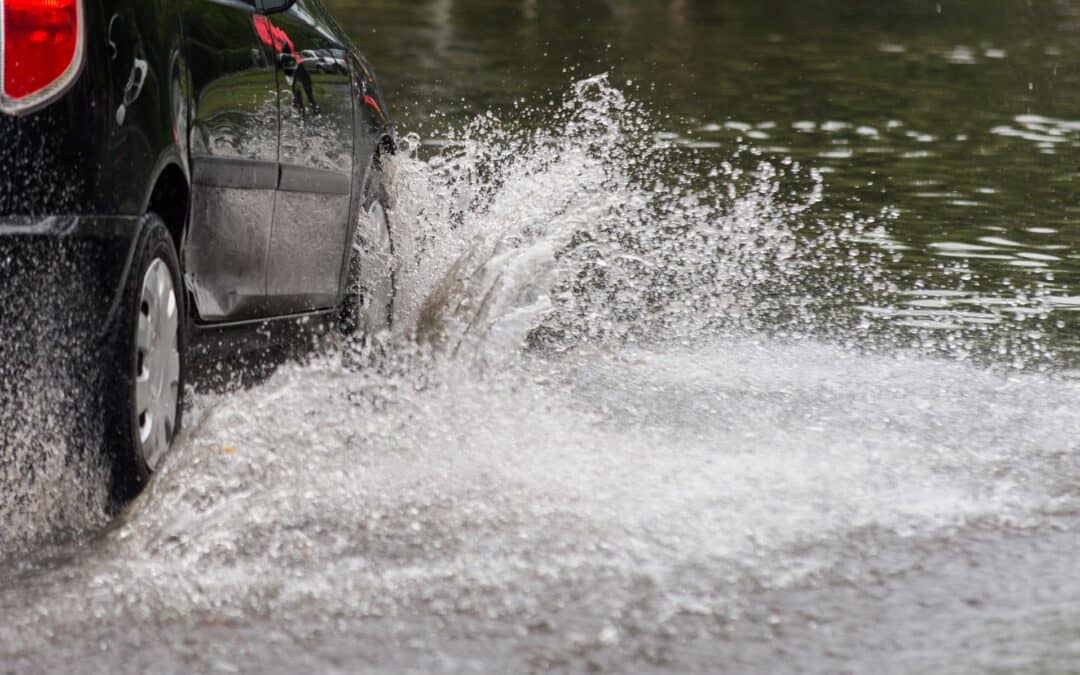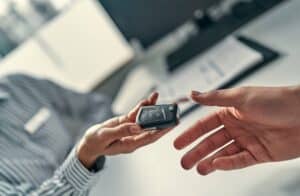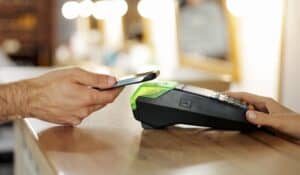Shopping for a car? With new car prices averaging more than $48,000, you may be thinking about buying used. But in the wake of disasters like Hurricane Ian, tread lightly: after a hurricane or flood, storm-damaged cars are sometimes cleaned up and taken out of state for sale. You may not know a car is damaged until you look at it closely. If you’re shopping for a used car:
- Check for signs and smells of flood damage. Is there mud or sand under the seats or dashboard? Is there rust around the doors? Is the carpet loose, stained, or mismatched? Do you smell mold or decay — or an odor of strong cleaning products — in the car or trunk?
- Check for a history of flood damage. The National Insurance Crime Bureau’s (NCIB) free database will show if a car was flood-damaged, stolen but not recovered, or otherwise declared as salvaged — but only if the car was insured when it was damaged.
- Get a vehicle history report. Start at vehiclehistory.gov to get free information about a vehicle’s title, most recent odometer reading, and condition. For a fee, you can get other reports with additional information, like accident and repair history. The FTC doesn’t endorse any specific services. Learn more at ftc.gov/usedcars.
- Get help from an independent mechanic. A mechanic can inspect the car for water damage that can slowly destroy mechanical and electrical systems and cause rust and corrosion.
- Report fraud. If you suspect a dealer is knowingly selling a storm-damaged car or a salvaged vehicle as a good-condition used car, contact the NICB. Also tell the FTC at ReportFraud.ftc.gov, and tell your state attorney general.



















